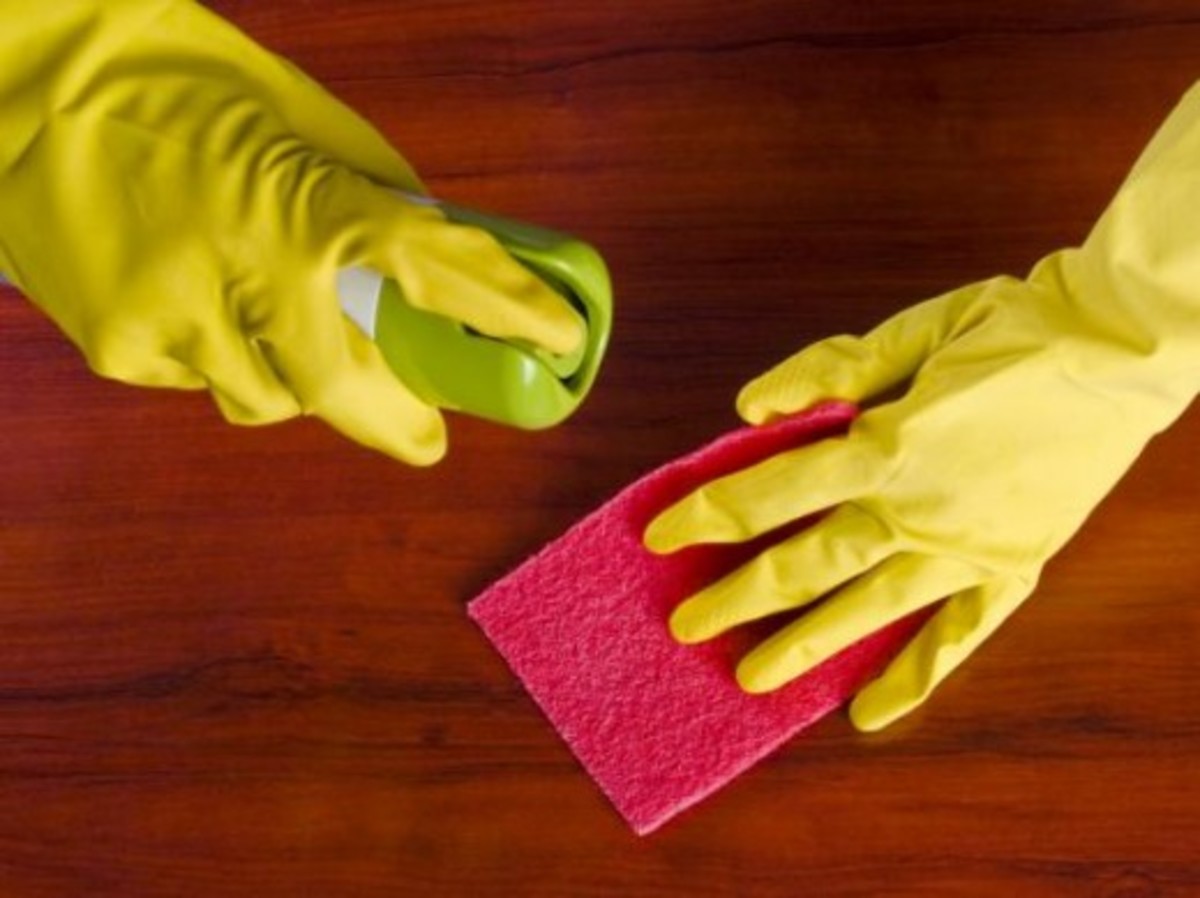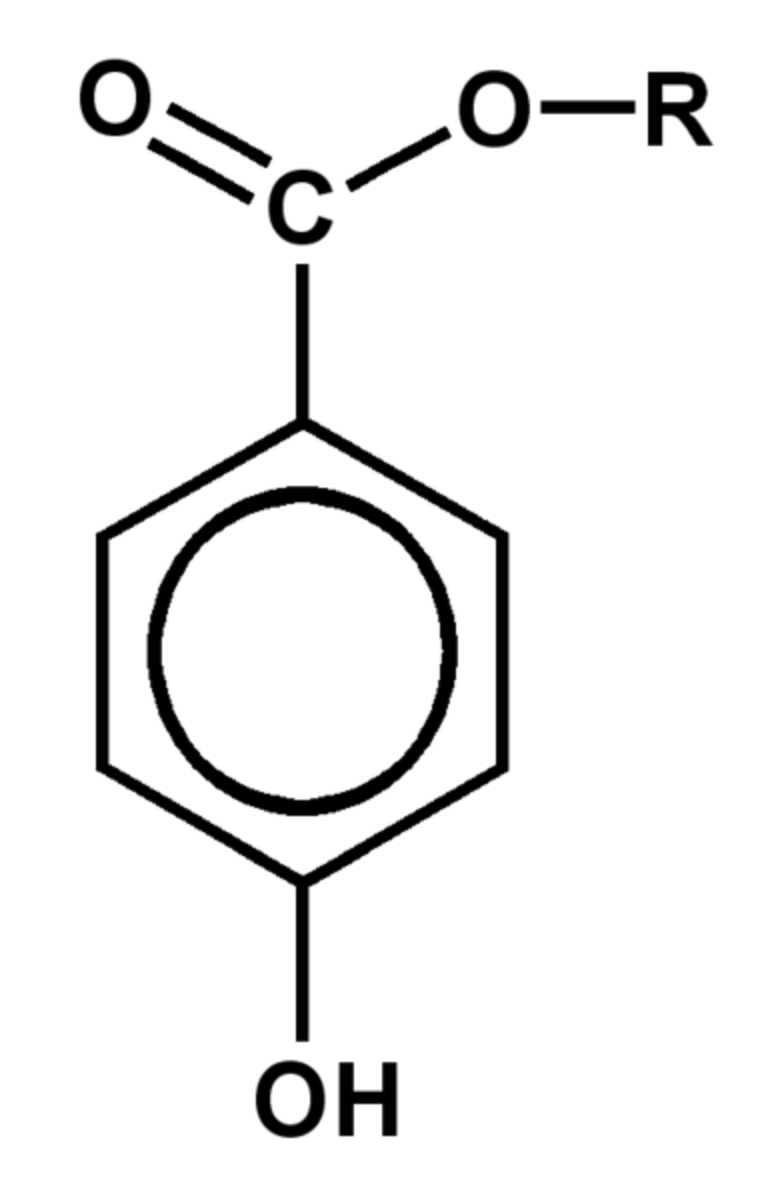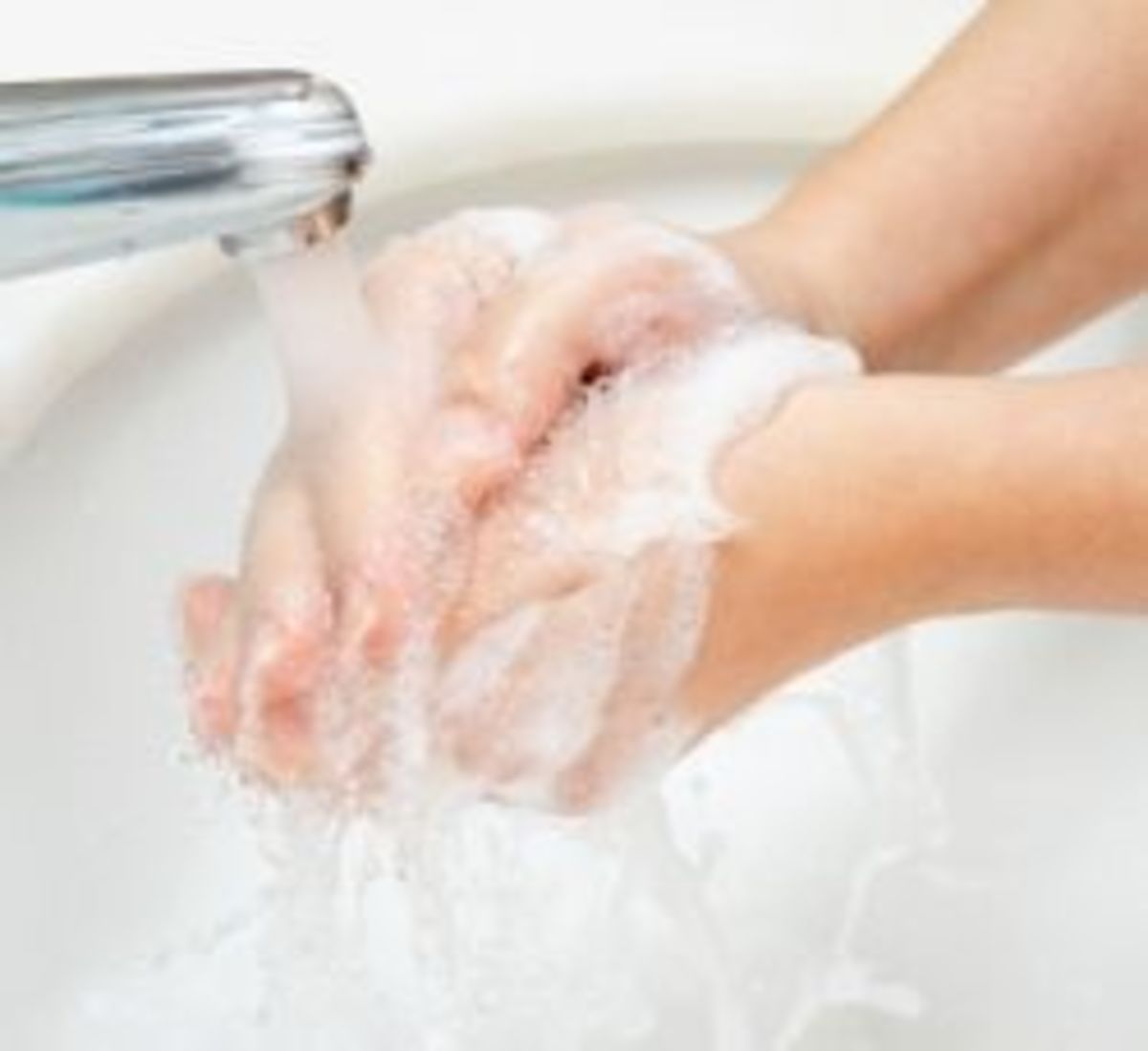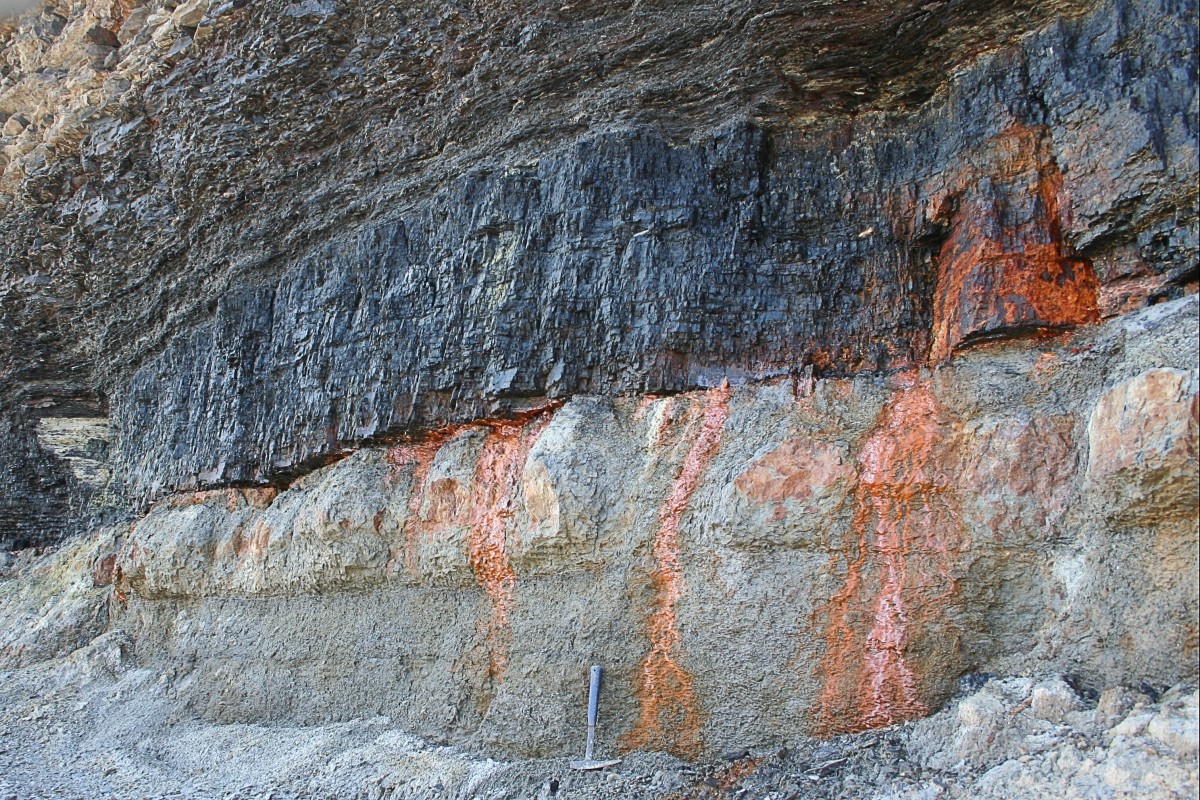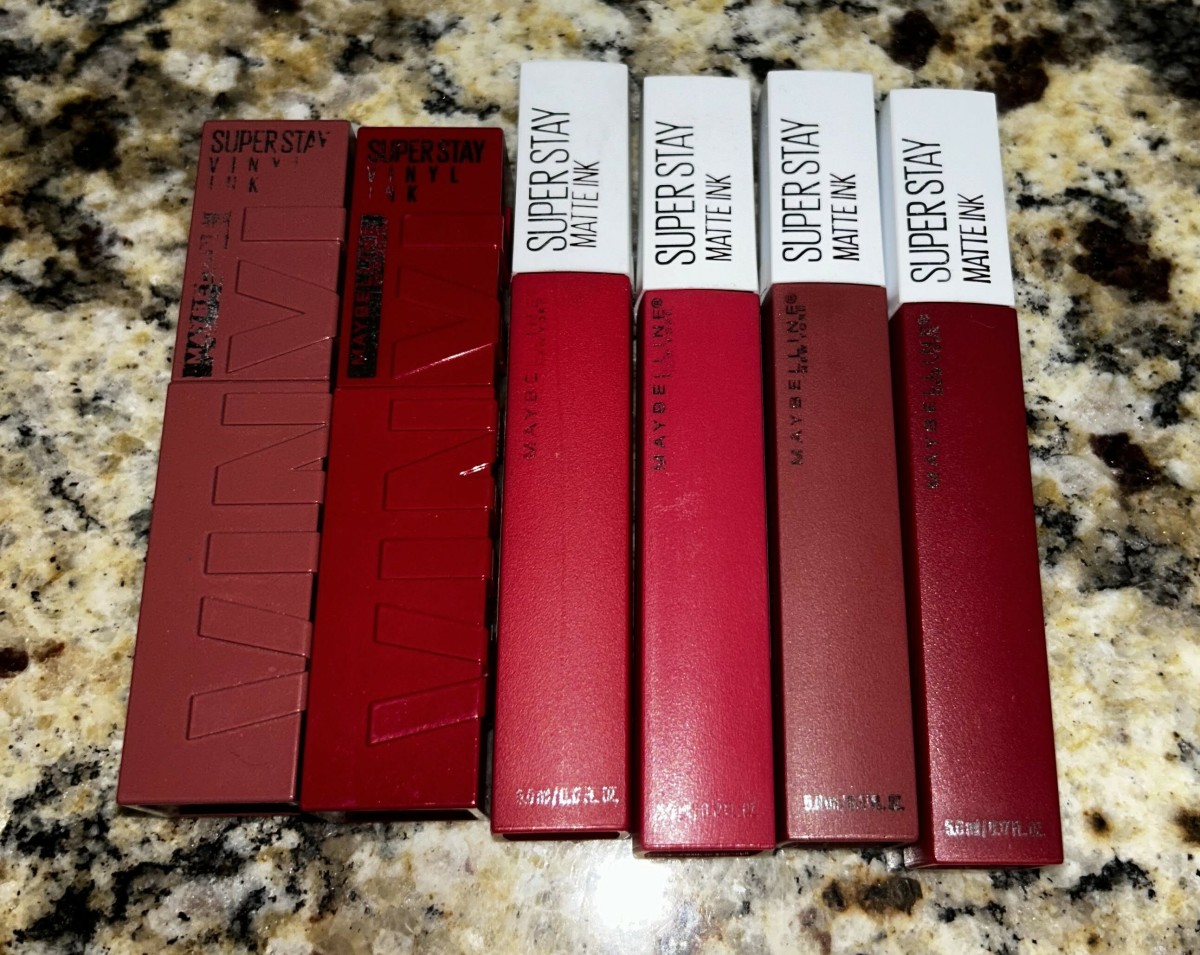The Toxic Dangers of Cosmetics Uncovered
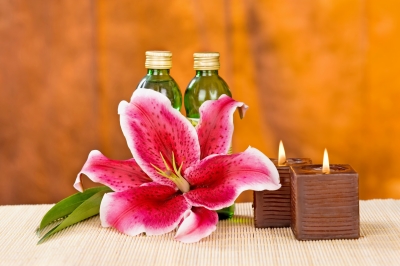

60% of what we put on our skin is absorbed – FACT
Children’s bodies will absorb 40-50% more than adults – FACT
Chemicals in our bodies can lead to Infertility, birth defects, skin allergies, cancer, learning disabilities and reproductive problems – FACT
The skin is our largest organ – FACT

Toxic Beauty
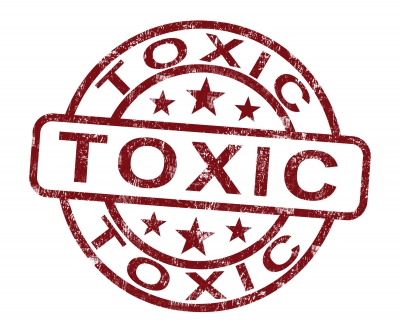
Did You Know . . . .?
- The average woman will absorb over 5lbs of toxins from her body, bath and skin care products each year.
- Some of these chemicals have no known way of being eliminated from the body so the toxin residues may remain within the skin tissue for decades.
- The average person in the U.S will use 15 hair, body or skin products daily.
Toxic Beauty ~
The Cosmetic and beauty industries have much to answer for.
The governing bodies who decide what is allowed in our products and how cosmetics are labelled have much to answer for.
The harmful ingredients that we are subject to inhaling or absorbing through the skin are very real. When governing health bodies responsible for allowing or banning certain chemicals use, sees fit to allow incredibly dangerous ingredients, who is worse, cosmetic company or health body?
Many of us are in the habit now of reading food labels but how many of us read what we are putting on our skin in the form of hair, hygiene or make-up products?
Here I am uncovering some of the most dangerous chemicals to be aware of when you see them listed on packaging.There are a large number of chemicals used in cosmetics so I would advise checking out the free download link further down or grab yourself a copy of the toxic chemicals dictionary for a more comprehensive list.
The scary truth is some companies do not list all the ingredients so without telepathy we are none the wiser of the missing ones be they toxic or not.
I have worked extensively within the cosmetic industry over the past 25 years and have now turned to a more natural less toxic way of having my supply of cosmetics, toiletries, make-up, cleaners and household products.
The industry I held so much respect and passion for has disappointed me and angered me.
Apart from sourcing the companies who have made more Eco friendly products, I have now turned to more nutrient rich, everyday ingredients that have tons of benefits rather than being loaded with toxins.
I do not have a degree in chemistry and do not want this to read like such so I will endeavor to explain each chemical or dangerous compound in order to make it understandable. My aim is to provide the known facts. It is up to each of us to decide what we do with this information.

What is a Carcinogen?
Have you heard this word and often wondered what the heck does it mean?
Carcinogens are substances capable of causing cancer in living tissue.
Apart from cosmetic items carcinogens are in a large variety of products including asbestos, detergents, adhesives, paints, batteries, cigarette smoke, dry cleaning and nickel.
Cosmetic Products

Cosmetics
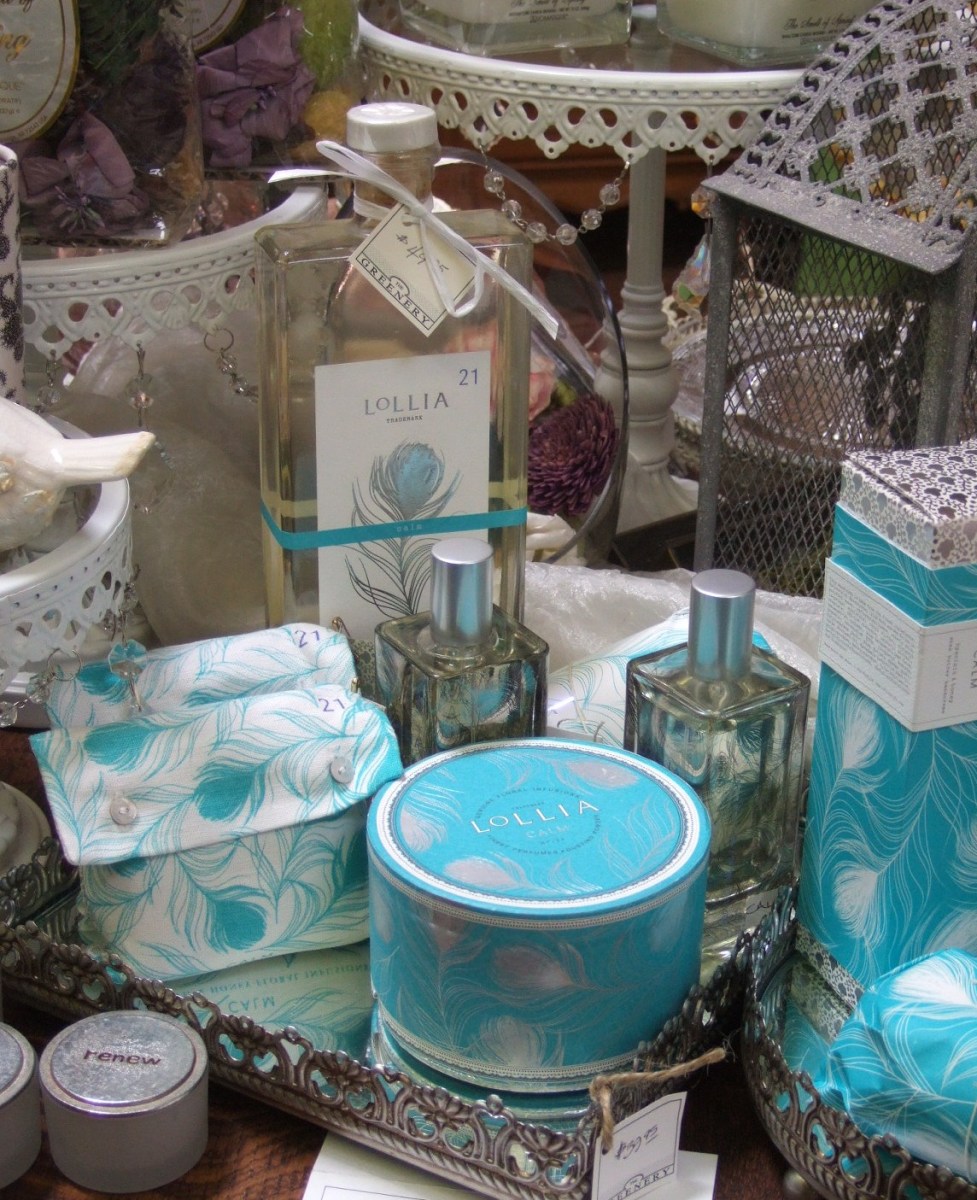
Parabans (preceded by Methyl, Ethyl, Butyl, Isopropyl, Isobutyl or Propyl)
Used as a preservative and often not labelled.
Commonly used in skin care products and deodorants, they are also frequently used in pharmaceuticals to be taken internally.
They may contribute to sterility in men, hormonal imbalances in women and early puberty.
While parabens cannot be said to cause cancer, a study done in 2004 found that over 90% of breast tissue in cancer tumors contained parabens.

Liquid or Bar Soap
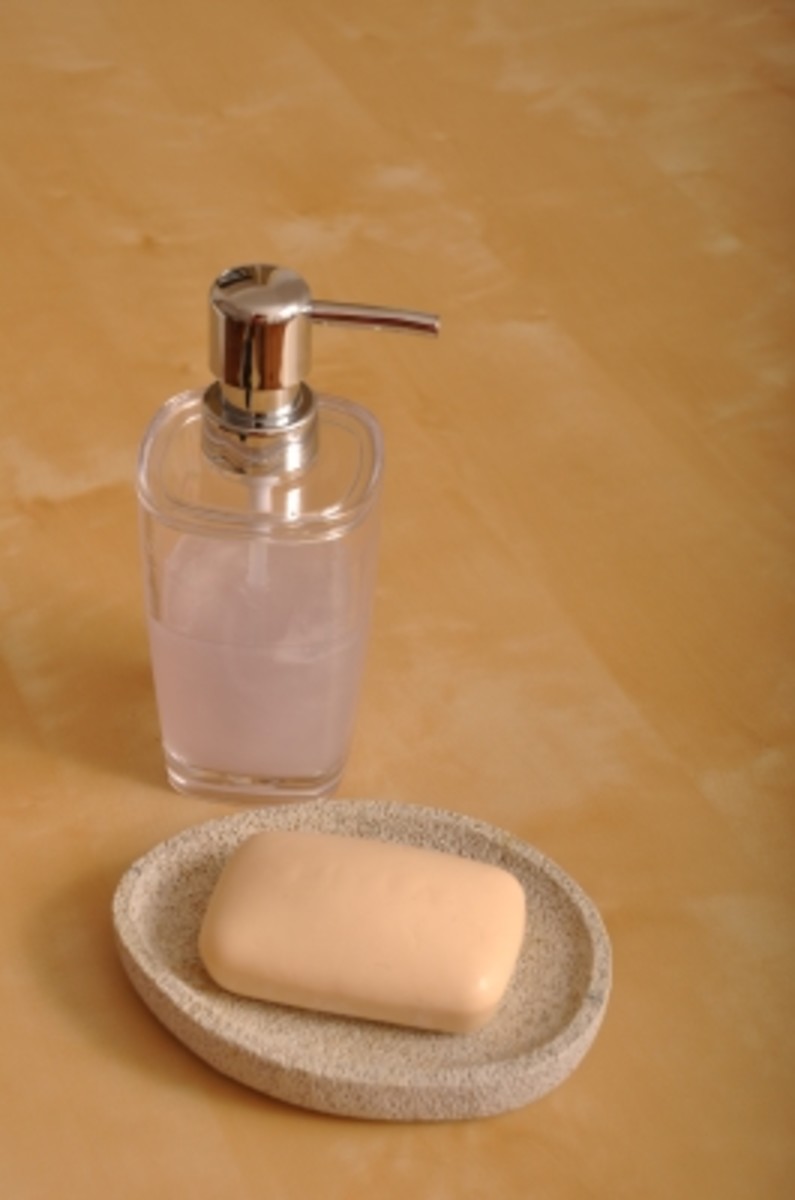
Sodium Lauryl Sulfate (SLS) and Sodium Laureth Sulfate (SLES)
These are the artificial foaming agents responsible for giving us the suds in our shampoos, liquid soaps, bubble baths, toothpaste, shower gels, liquid dishwasher soap, laundry soap, car washes, garage floor cleaners and engine degreasers.
They are present in over 90% of our personal hygiene products and are highly dangerous.
Over 16,000 studies published by PubMed have shown these to be highly irritating to skin, toxic to internal organs, to potentially cause developmental issues with babies and children, to cause reproductive problems, to alter our cells, to be an endocrine disruptor, a neurotoxin, to cause gene mutation and to possibly cause cancer.
Our bodies are not able to effectively break down and eliminate these toxins and the toxin has been found in liver, eye and brain tissue of deceased humans who stopped using sulfates 15 years prior.
Oral Hygiene
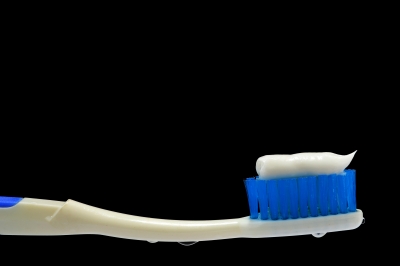
- A Consumer's Dictionary of Cosmetic Ingredients, 7th Edition: Complete Information About the
A Consumer's Dictionary of Cosmetic Ingredients, 7th Edition: Complete Information About the Harmful and Desirable Ingredients Found in Cosmetics and Cosmeceuticals [Ruth Winter] on Amazon.com.
Tap Water

Triclosan
This synthetic chemical is an antibacterial ingredient commonly found in hand sanitizers, deodorants, antibacterial liquid soaps, dental products, antibacterial clothing, cleaners, plastic toys and general cosmetic products.
Triclosan is a major chemical of great concern. It has an almost indefinite afterlife in human tissue, is stored in the fat cells and studies in Sweden found it to be present in over 60% of women’s breast milk even years after they had stopped using antibacterial products because of triclosan concerns. It is a known endocrine disruptor.
With the thyroid problem in USA being extremely high it is very possible triclosan is a contributory factor.
This toxin forms a carcinogen when exposed to chlorine in tap water. What that means is every time you wash your hands with antibacterial soap and rinse it off under the tap it makes chloroform gas which is a known carcinogen.
Using triclosan products has been proven to be the cause of increased rates of eczema, allergies and asthma.

Treat Sunburn
- Remedies for Sunburn Relief
Sunburn is a dangerous skin condition and knowing some useful home remedies will help aid in cooling down the burn, prevent further moisture loss, reduce swelling, redness and give much needed relief.
Sunscreen Chemicals
Commercial sunscreens often contain toxic preservatives and dangerous ingredients including PABA and Oxybenzone.
These two increase the production of free radicals in the body, they cause hormone imbalances, are endocrine disruptors, increase estrogen levels and have been linked with increased cancer rates.
It has been researched and stated that those people who use the highest amounts of sunscreen are also the ones with the highest levels of skin cancer.
While the use of sunscreens is an ongoing issue, the one thing that is evident is that Vitamin D is required by the body and essential for good health.
Sun exposure is the most efficient way of absorbing this vitamin (really a hormone) into the blood cells.
Essential Oils
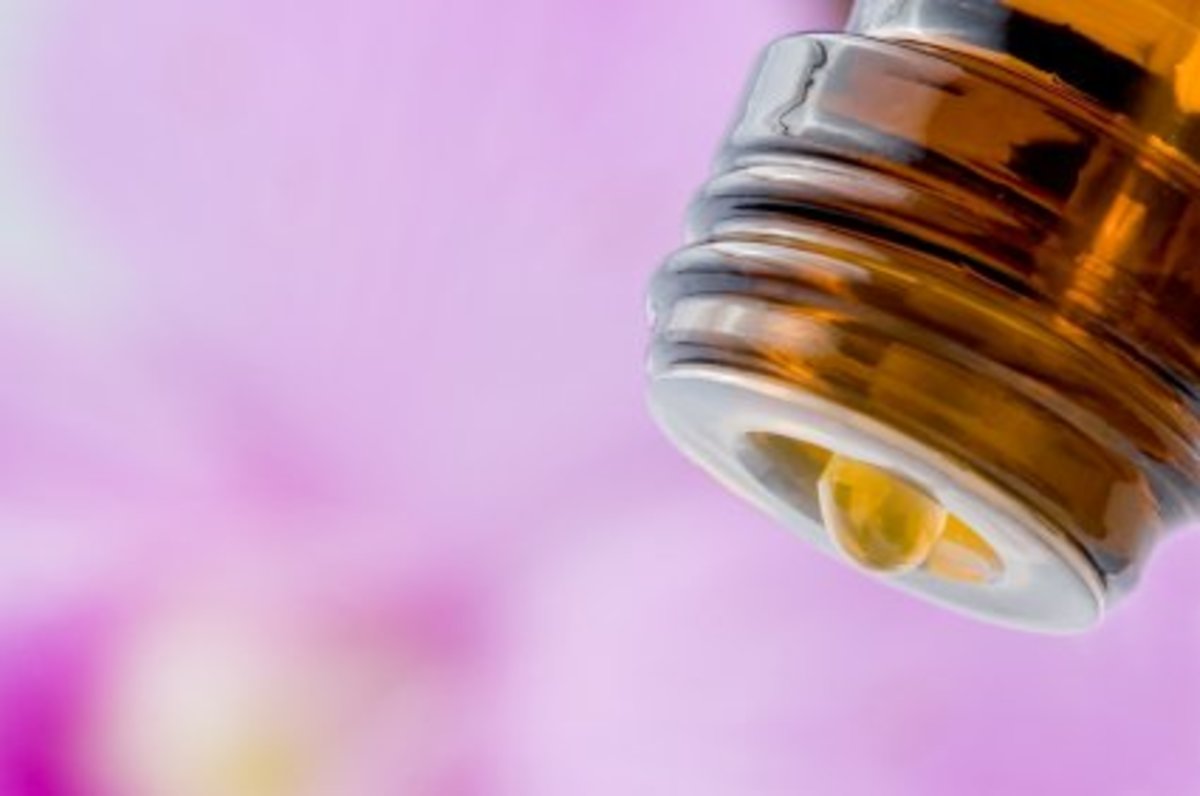
Homemade Perfumes and Cologne
- Homemade Eau de Cologne For Men
Refreshing Eau de Cologne is easy to make at home with natural essential oils. Here I have 3 recipes for men that are inspired by the very first homemade Cologne so read on for recipes, tips and more! - Homemade Sensual Solid Perfume Recipe For Women
Making your own sensual solid perfume is easily accomplished and will cost a fraction of designer perfumes. Homemade perfume with essential oils is an ideal signature fragrance recipe idea for women. - Easy Homemade Perfume Recipes For Women
Women love perfume fragrance and being able to make your own homemade signature blend is easy with these simple recipes. Essential oils are natures own perfumes with additional therapeutic benefits.
Synthetic Fragrance
Synthetic fragrance can be made of a wide variety of harmful toxins. These include Phthalates, Benzene, Toluene, Xylene, Petrochemicals and Menthol.
Phthalates is the most common and a known endocrine disruptor and highly suspected of being a carcinogen.
What is most worrying with artificial fragrances is that they can be inhaled AND absorbed through the skin. Inhaled toxins will reach the bloodstream faster than those absorbed through the skin.
A study conducted by The Environmental Working Group (EWG) showed that the majority of perfumes or colognes on the market will contain dangerous chemicals that are not listed on packaging or product.
That is outrageous yet I can appreciate recipes and formulas of perfumes are highly guarded. The FDA in America who is responsible for banning or passing ingredients, have made perfumes exempt from their labeling laws and so good and bad ingredients go undisclosed.
The best way to incorporate fragrance is to use essential oils.

by Rajan Jolly
- Home Remedies For Acne, Pimples, Scars, Spots, Blemishes And Face Marks
Acne, pimples, scars, marks, spots, blemishes are very common health conditions these days. Learn about some natural home remedies for acne, pimples, acne scars, facial & skin blemishes that you can use to treat them...
Benzoyl Peroxide
Commonly used in treating acne or in acne products, this toxin” is a free radical-generating skin tumor producing agent” and has been linked to cancer for many years.
In North America for example, the concentration for prescription or over the counter acne treatments is 2.5% to 10% benzoyl peroxide.
In teeth whitening or hair bleaching treatments it is higher.
This toxin interferes with the healing process of the skin so the acne takes longer to heal than it should.
If purchasing acne treatments over the counter or on prescription, look for benzoyl peroxide as an ingredient and avoid it. Look for a suitable one without it.
Moisturizer
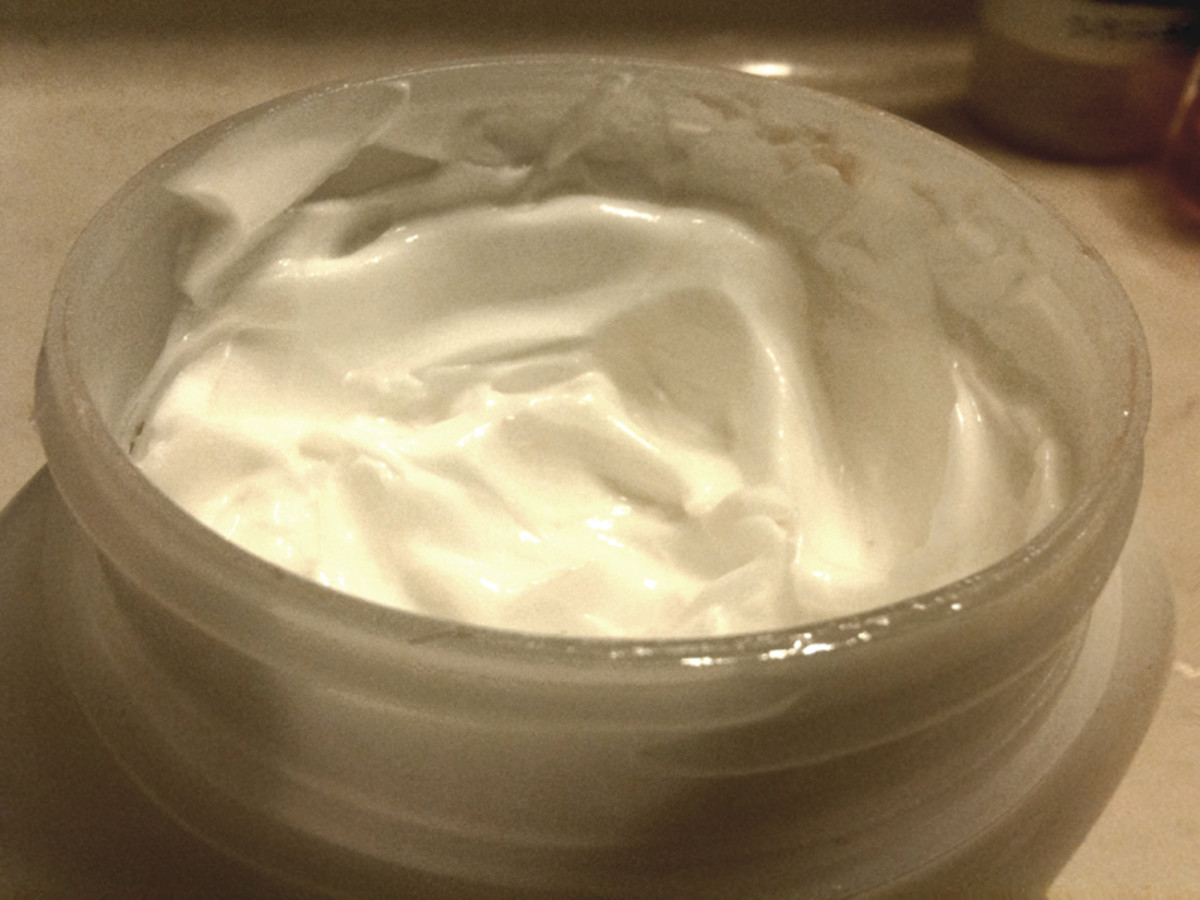
Lip Balm

Polyethylene glycol (PEG)
PEG is commonly found in an assortment of cosmetic products including cleansers, soaps, lip balms, lotions, creams, body washes, hair products, shaving creams, baby wipes, eye drops, contact lens solution and toothpaste.
It is also used in spray on oven cleaner! The risks of this toxin are lengthy.
PEG when used topically strips the skin of natural sebum and oils.
Some studies have shown it to cause kidney damage when taken internally or applied over broken skin.
The National Toxicology Program revealed that PEG causes increased risk of not only leukaemia but of breast, uterine and brain cancers. PEG is commonly known to be contaminated with the carcinogen 1, 4-dioxane.
The sickening reality is that this toxin could be easily removed at a small cost but most cosmetic companies will not pay for this and they do not have by law. PEG is known to contain heavy metals.
This type of contamination in our bodies can cause autoimmune, neurological and kidney problems.

- Environmental Working Group
Environmental Working Group (EWG) uses the power of information to protect public health and the environment.
DMDM Hydantoin & Urea (Imidazolidinyl)
Both these toxins are preservatives used in a wide variety of products.
The EWG have over 1,300 products listed with DMDM Hydantoin. The most widely used products are shampoos, conditioners, body washes, styling gels, moisturizers and cleansers.
It may cause skin, eye or lung irritation as it is absorbed through the skin and is airborne.
The EWG has just over 200 products listed with Urea including moisturizers, facial moisturizers, foot moisturizers, and sunscreen and anti-aging products.
Both these preservatives release formaldehyde which may cause joint pain, skin reactions, allergies, chest pain, headaches, depression, ear infections, dizziness, chronic fatigue, insomnia and cancer.
Lemon Juice

Have you cut down on chemicals in products?
Butylated Hydroxyanisole (BHA)
Although banned in the European Union, this chemical is commonly found in bath and body products in the USA.
It is said to be a very probable carcinogen in humans and is commonly found in skin lightening products and is the possible cause of pigment loss in individuals.
BHA has been shown to have a negative effective on the levels of thyroid hormones, to potentially have an effect on the development of the reproductive system, to cause liver damage and stomach cancers.

Food for Thought . . . .
Did you know what you are putting on your skin? It makes for scary reading and unfortunately until the laws become stricter and companies grow a conscience it will not change quickly. We have it within ourselves to say no enough is enough. Caring about what we put in our bodies is part of normal life so why not what we put on our skin? When you think of some the facts here like we absorb 60% of what goes on our skin, that should speak volumes alone. I have given you my opinion based on my research, experience and passion for creating awareness, the rest is up to us all individually. It is our choice.
if you would like to try some homemade recipes out please do check out some of the selection here or on my profile page which will have over 100 homemade beauty solutions to choose from.
"Creating health awareness through homemade beauty solutions"

Cleaning Solutions by Suzie ~
- How to Make DIY Makeup Brush Cleanser Solution
Here are some great DIY homemade cleaners for Makeup Brushes that work! Clean Makeup Brushes are an essential piece of kit for creating that flawless application. Looking after them is vital so here I give you some homemade cleanser solutions. - Effective Bathroom Cleaning With Essential Oils
Bathroom cleaning is a pleasure using basic ingredients such as vinegar and baking soda teamed up with natures best essential oils. Here are a selection of chemical free bathroom recipes and tips. - Effective Kitchen Cleaning With Essential Oils
Cleaning house with less chemicals sounds good right? Read on to find easy to make kitchen cleaners from appliances to floors with essential oils and some basic ingredients for the heart of the home. - Easy Citrus and Vinegar Everyday House Cleaner
Cutting down on all the household cleaners we use daily is the way forward. All those chemicals need to be kicked to the curb. This is a quick and easy solution using white vinegar and citrus peel.

Homemade Beauty Solutions by Suzie ~
- Easy Homemade Face Toners and Tonics
Face toners or tonics go hand in hand with cleansers and moisturizers history dictates to us. Here are 4 easily made recipes for creating your own homemade, inexpensive and beneficial face toners. - Homemade Eye Cream With Coconut Oil and Vitamin E
Making a homemade eye cream that is beneficial to the delicate skin around the eye is made easy here with 2 ingredients. Coconut Oil and Vitamin E are packed with reasons to use in an eye cream recipe. - Luxurious and Rejuvenating Facial Serum Recipe
A homemade facial serum does not have the high end price tag of commercial brands. What it does have is skin rejuvenating qualities from nutritional carrier oils and essential oils that really work! - Homemade Shampoo Using Coconut Milk and Castile Soap
Make your own homemade signature shampoo using 2 basic ingredients, coconut milk and castile soap. If you ever wanted to make your own hair shampoo, look no further for a cheap and versatile recipe. - Pumpkin and Coconut Oil Hair Mask Recipe
If you never considered using pumpkin as a beauty treat then time to change! Pumpkin is a super healthy food and combined with coconut oil they make a powerful and beneficial duo for soft shiny hair. - Homemade Cherry Face Mask Recipes
Cherries are a small fruit with huge benefits not only to our health but when applied topically on the skin. Here are seven easy fresh cherry mask recipes using everyday edible ingredients to make. - Soothing Cucumber, Coconut & Milk Skin Toner
Make your own skin toner easily with fresh ingredients. Designed for dry skins, it contains cucumber, coconut milk and coconut water and is soothing and hydrating. Read on for full recipe and more . . - Oatmeal, Lime & Honey Exfoliating Cleanser
Oily or combination skins will reap the benefits from this freshly made cleanser. With a gentle exfoliating action this cleanser contains oatmeal, lime, honey, nuts and is good enough to eat! - Pumpkin Spice Lip Gloss or Lip Balm Recipe
Pumpkin Spice is a wonderful blend of aromatic spices that make great homemade Lip Gloss or Lip Balm recipes. Often reserved for Thanksgiving, here I show you lip recipes incorporating Pumpkin Spice. - Minty Chocolate Lip Balm Recipe
What better combination than peppermint and chocolate for a lush homemade minty chocolate lip balm. Full of nourishing, smoothing and softening properties for the delicate lips, this combo is a must.

Author Info ~
Information on the author, her bio and full body of works available @ Suzie HQ
Credit to sharkye11 ~
- Dividers on this page are used with permission from this source: Line Dividers To Enhance Webpages

© 2013 Suzanne Ridgeway

